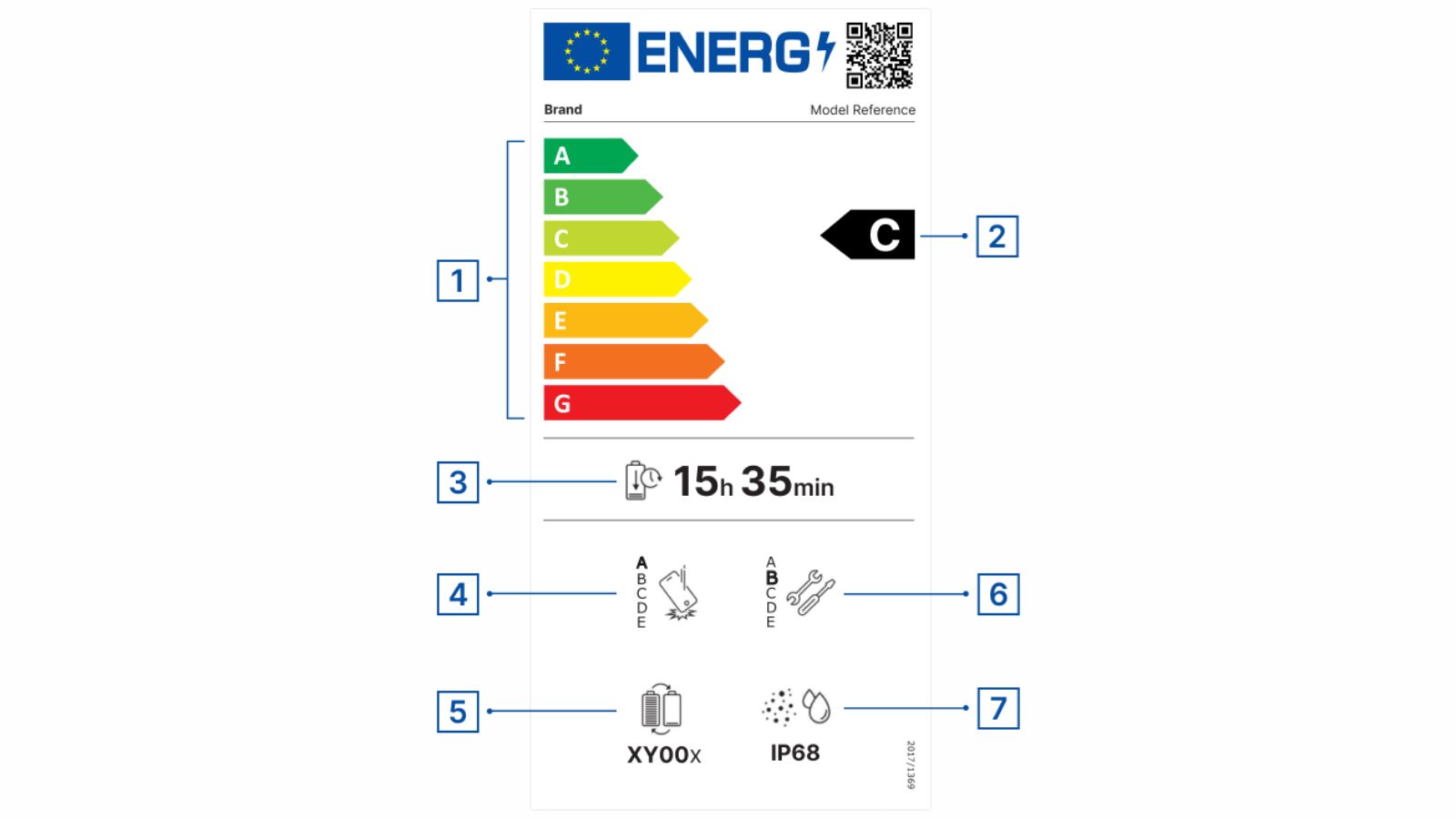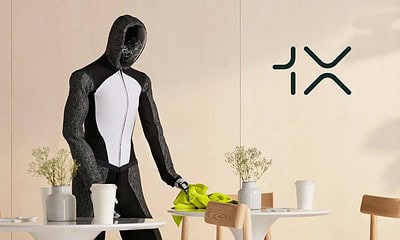Tech
New EU labels will tell you exactly how crappy your phone battery is
These new labels rate a product’s energy efficiency from A to G: A being the best and G being the worst.

Just a heads up, if you buy something through our links, we may get a small share of the sale. It’s one of the ways we keep the lights on here. Click here for more.
The EU (European Union) has introduced new mandatory durability, battery life, and repairability labeling rules for smartphones and tablets that will be sold within its borders starting June 20th.
These labels are designed to help consumers make better-informed choices by showing important details about a device’s energy use, battery backup, durability, and how easy it is to repair.
Similar to labels already used for appliances like washing machines or TVs, these new labels rate a product’s energy efficiency from A to G: A being the best and G being the worst.

They also show how long a device’s battery lasts on a single charge, how many charge cycles the battery can go through before degrading, and how resistant the phone is to being dropped or scratched.
Devices are also graded on how easy they are to repair, and whether they are protected against dust and water, shown through the IP (Ingress Protection) rating.
Along with the labels, the EU is enforcing strict “ecodesign requirements.”
These rules require manufacturers to ensure their devices can withstand certain levels of physical damage, such as drops or water splashes.
Phones must also have batteries that can last at least 800 full charges while still holding 80% of their capacity.
To promote repairability, brands must supply key spare parts within 5–10 business days.
Also, they must provide software updates within six months of their release, something that even major brands like Samsung have struggled with.
These rules apply to smartphones, tablets (up to 17.4-inch screens), cordless landline phones, and basic feature phones.
Devices with rollable screens are exempt for now, and Windows tablets will be covered under a separate computer labeling system.
This new system gives buyers more transparency and pushes tech companies to make products that last longer, are easier to fix, and are better for the environment.
What? Drop us a line below in the comments, or carry the discussion to our Twitter or Facebook.

































